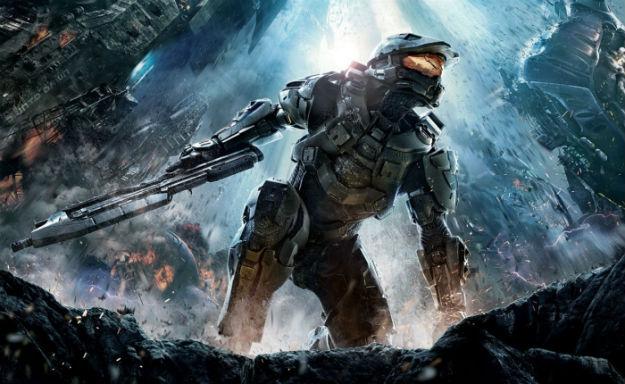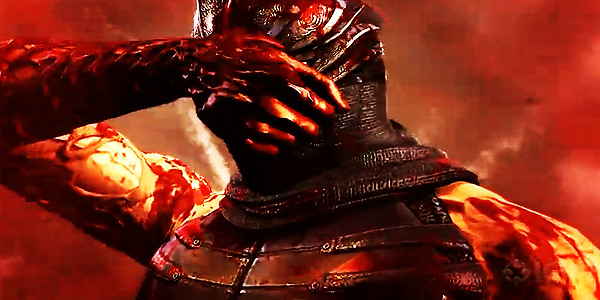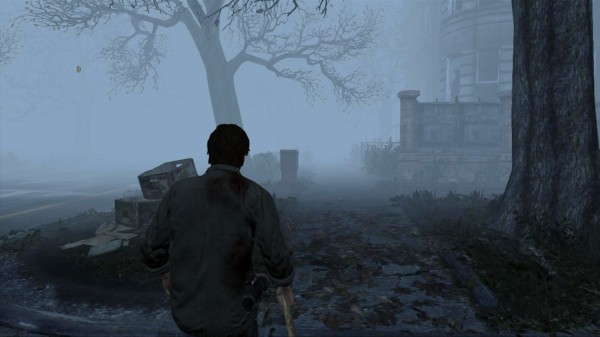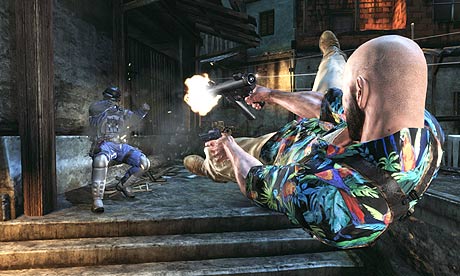This post has not been edited by the GamesBeat staff. Opinions by GamesBeat community writers do not necessarily reflect those of the staff.

With only a month to go until the release of Halo 4, fans of the series may or may not be feeling a little anxious about its future.
Why is that? Well, Halo 4 is the first title in the acclaimed franchise to be developed by 343 Industries instead of its long standing originators, Bungie.
Why is this a big deal? Well…it’s not, really. However, when a long lasting series suddenly falls into the hands of new developers, there is always a chance that things may take a wrong turn and change for the worse.
Now, not every sequel made under new developers has been a disaster — they can be very successful if done correctly, but there are a number of risks to be taken and certain things to take into consideration.
Think about the past, times when new developers have “ruined” or “screwed up” a franchise that you love. Changes to formula, continuity, and overall theme and atmosphere may attract a new crowd to a certain extent, but have a high risk of alienating long time fans who have grown to love what their favorite series is known for.
Change is never a bad thing…in moderation, but too much at once, especially to key elements, is often a recipe for disaster. Sure, the game itself may be successful in the eyes of a critic, but to the fans, its success is debatable.
To be fair, many critics and gamers alike are open to change and new concepts — but major changes to what fans have grown to love? New developers need to know where to move forward and when to stand down in order to succeed in taking the reigns.

In the first 3 quarters of 2012, there have been quite a lot of sequels to very popular and successful titles. A few of these sequels were made by new developers, and some of them didn't exactly live up to their potential.
One game in particular, that being Ninja Gaiden 3, received very lackluster reviews in result to many changes to the known formula of the Ninja Gaiden series. The rebooted series, beginning with Ninja Gaiden in 2004, was garnered with much praise from critics and gamers alike (with a few minor complaints of course). With Ninja Gaiden 2 in 2008, the developers seemed to have finally nailed down their control scheme, making the game a very technical and challenging feat.
Now in March of 2012, along comes Ninja Gaiden 3. This time however, the series' original developers, Team Ninja, are without their long-time director, Tomonobu Itagaki. The results: Ninja Gaiden 3 was given a whole new approach.
Just when it seemed as though the series had found a working control scheme, it was thrown out in favor of a more simplified and streamlined experience. The story of this effort was found by many to be just plain ridiculous, abandoning the Japanese folklore inspired themes for a story involving a cult of Alchemists.
One of the biggest complaints from fans was that the main character, Ryu, removes his mask (for no apparent reason) within the first 10-15 minutes of the game.
Ryu, a ninja, removes his mask?
Guaranteed, when the original writers wrote the character of Ryu Hayabusa, the mask itself was meant to be part of his character, giving him that dark and mysterious quality that ninja are known for. The fact that the new writers removed his mask in the first 10-15 minutes of the games just goes to show what happens when new writers do not know how to handle someone else’s work.
This may not seem like a very big deal to some, but to fans of Ninja Gaiden, Ryu Hayabusa could have been considered “ruined”. Even if Ninja Gaiden 3 was not a completely terrible game, many longtime fans were surely disappointed.

Another sequel, released in March of 2012, was Silent Hill Downpour. The original intallments in the Silent Hill series (often considered to be 1-3 or 1-4 by loyal fans) were of the survival horror genre, involving an “average Joe” character taken out of his or her element, and placed in a life-threatening situation.
These titles were praised by critics and fans alike for their compelling stories, symbolic elements, creative enemies and puzzles, and a downright creepy and unsettling atmosphere. The most successful entry to the series — that being Silent Hill 2 — helped build the Silent Hill name a huge cult following.
The horror elements of the original Silent Hill games were considered to be highly psychological, in high contrast to many of its competitors such as the Resident Evil series. While many other horror titles chose to utilize intense music queues and jump scares, the horror of Silent Hill was in the way it presented us with some truly disturbing and horrifying ideas that forced the player to think.
After the release of Silent Hill 4, the series developers, Team Silent, disbanded. In 2007, Silent Hill Origins was released, developed by Climax Studios, who then went on to release Silent Hill: Homecoming. After the release of Silent Hill: Shattered Memories in 2009, the series changed hands once more, as Vatra Games took over. Vatra then began development on Silent Hill: Downpour.
When Silent Hill: Downpour was released in March 2012, the reviews were somewhat lackluster.
While many gamers enjoyed the game as an individual title, many Silent Hill fans were more than distraught. Compared to the finer titles of past generations, Silent Hill: Downpour was seen as somewhat mediocre and generic. Critics complained of a shoddy combat system and overall clunky gameplay, while Silent Hill fans felt let down by a handful of things:
The atmosphere had lost much of its presence, the enemies were considered to be cliché and uncreative, and the story was seen as not being able to live up to the brilliance of its predecessors. One of the biggest complaints was that Akira Yamaoka, the long time music composer of the series whose abstract and melancholy soundtracks were considered to make up much of the creepy and psychological atmosphere, was absent from this installation to the series.
Again, while the game did receive a few nods in appreciation, many fans of the series once again saw this as a let-down.

Now like I said, not all games made under new developers are major disappointments. Max Payne 3, released in May 2012, received critical acclaim. This long awaited third entry was developed by Rockstar Studios, instead of the developers of Max Payne 1 and Max Payne 2: The Fall of Max Payne, Remedy Studios.
Max Payne 3 did in fact feature some significant changes to formula. The original 2 entries to the series were highly successful and took place in New York City, with a dark and gritty atmosphere, featuring a Neo-Noir style story and cutscenes in the form of comic panels.
When it was announced that Max Payne 3 was being developed by Rockstar, there was a fair amount of fans who were nervous of the possible outcome, as many changes to the formula were evident:
The game no longer took place in New York, now it tool place in Brazil, sacrificing the dark and gritty atmosphere for a bright sun and palm trees.
Max is no longer a detective, but a mercenary for hire, sacrificing the New York mobster element for a Miami Vice-like theme.
Also, the game now included actual cutscenes instead of just comic panels.
While these few changes may have worked up a bit of anxiety for some, the final product turned out to be a huge success.
So what saved Max Payne 3 from being deemed another failed sequel? It was that the few changes that were made helped to pull the series forward into a new generation, and did not sacrifice the remaining key elements that the series was known for.
“Bullet-time”, the acclaimed slow motion shooting mechanics featured in the first two games fully in tact, with only a few minor tweaks to the system. While the game’s setting was changed, the new setting offered its own brand of grit and brutality, and a few of the levels, in the form of flashbacks, took the player to New Jersey, which served as a throwback to the original atmosphere of Max Payne 1 and 2.
Many elements of Neo-Noir were still alive and well, most notably in Max’s heavily cynical narration over the story. As for the graphic novel cutscenes, the inclusion of actual rendered scenes was welcome by most, though the style in which they were done was made to almost mimic comic panels in general, with split screen shots and lines of dialogue flashing upon the screen.
While keeping in mind that Max Payne 3 may have disappointed a few die-hard fans of the old school Max Payne, the game was still a success and an example of the way new developers should handle someone else’s material.

Gamers still have a few sequels and reboots under different developers to come in the near future.
The Reboot of Devil May Cry for instance, while not even released yet, has been considered by DmC fans to be an abandonment of their beloved series, with a re-written history and re-modeled main character.
While we cannot be entirely sure how this will turn out until its release, a certain amount of hesitation is understandable.
Let’s face it; video games (like everything else) are subject to change. So while gamers need to expect this, the new developers taking control of an existing franchise are the ones who will determine whether change is a good thing, or a bad thing.
One can say, “It’s all in the execution”.
